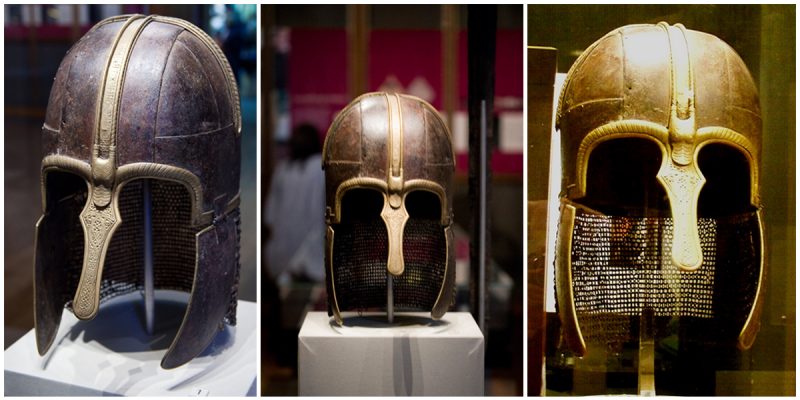The Coppergate Helmet, also known as York Helmet, is a remarkably well-preserved 8th-century Anglo-Saxon helmet found in York and it is the most outstanding object of the Anglo-Saxon period ever discovered.
This iron helmet, with applied brass-work containing approximately 85 percent copper, was found in May 1982 in Coppergate by mechanical digger operator Andy Shaw. It was found at a site where many Viking Age artifacts had been discovered previously during the archeological excavations.
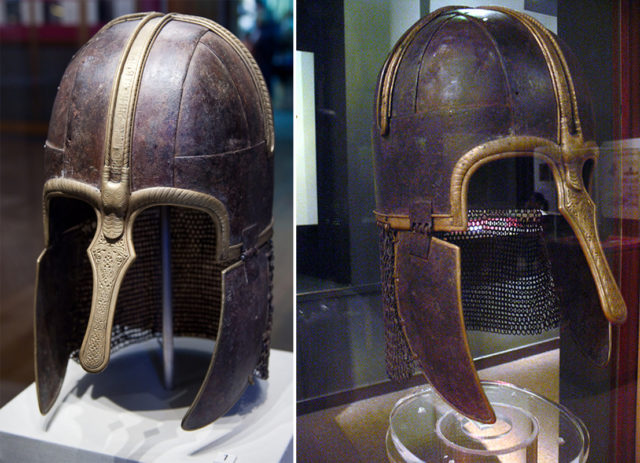
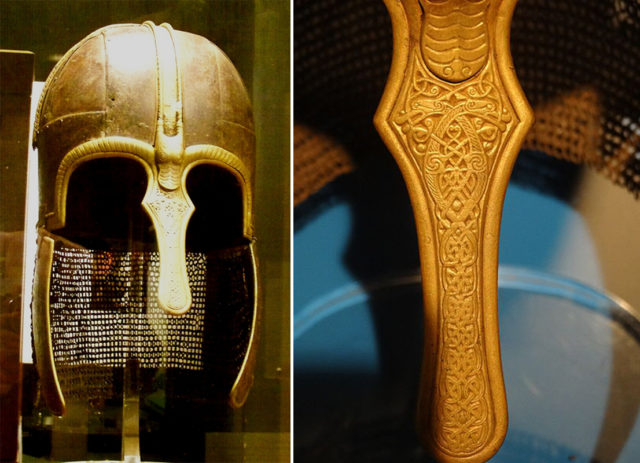
The helmet was right beneath the surface, protected by a brick chimney above. Like many other helmets of Germanic Western and Northern Europe in the Early Middle Ages, the construction of Coppergate helmet is derivative of Late Roman helmet types.
There are two deep curving cheek guards and a curtain of ring mail to protect the neck. The mail is remarkable in consisting of forge-welded links, rather than the far more common riveted links. The nasal and the edge of the eyebrows are elaborately decorated with interlaced animal motifs of a very high-quality craftsmanship.
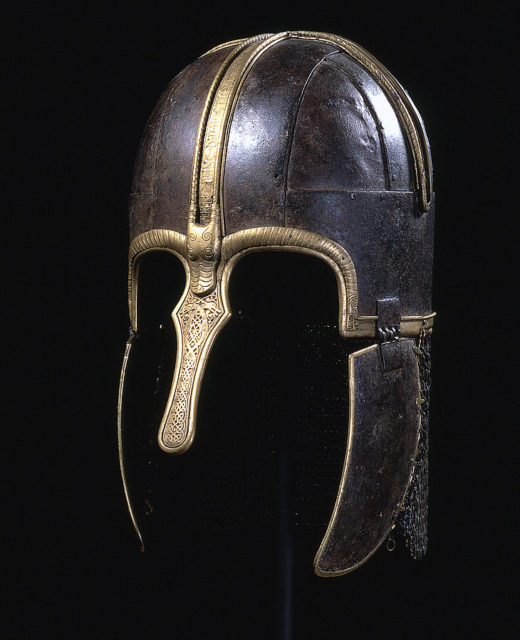
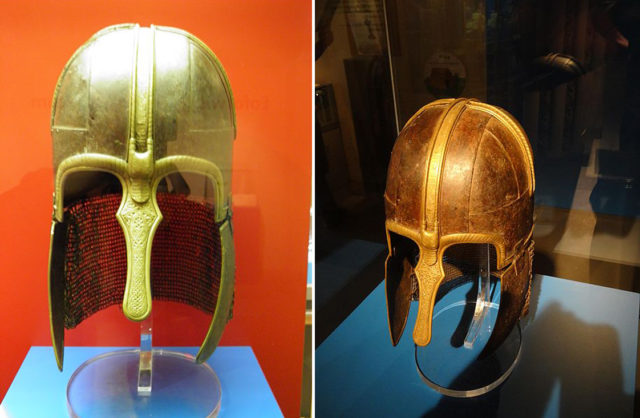
On the brass band, across the crest of the iron helmet, is an inscription in Latin that identifies the owner as Oshere, a nobleman and may well have been a member of the Northumbrian royal family. It includes a short prayer, translated as: “In the name of our Lord Jesus Christ, the Holy Spirit and God; and to all, we say amen Oshere“.
An alternative interpretation suggests the following translation: “In the name of our Lord Jesus Christ and of the Spirit of God, let us offer up Oshere to All Saints. Amen”.
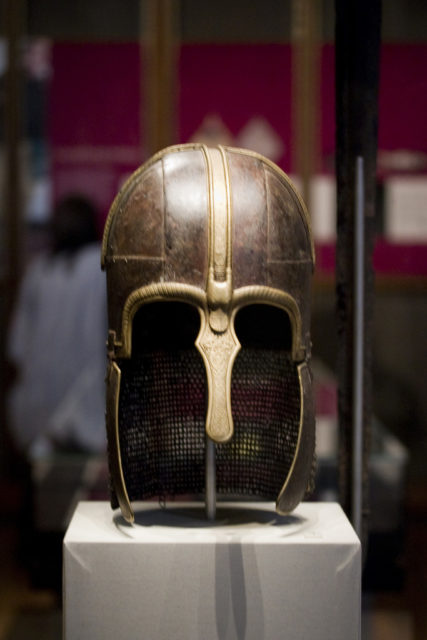
The helmet was a prized possession and a great status symbol for the owner.
The Coppergate Helmet is now in The Yorkshire Museum, a home to an extensive and varied collection of items and artifacts.
